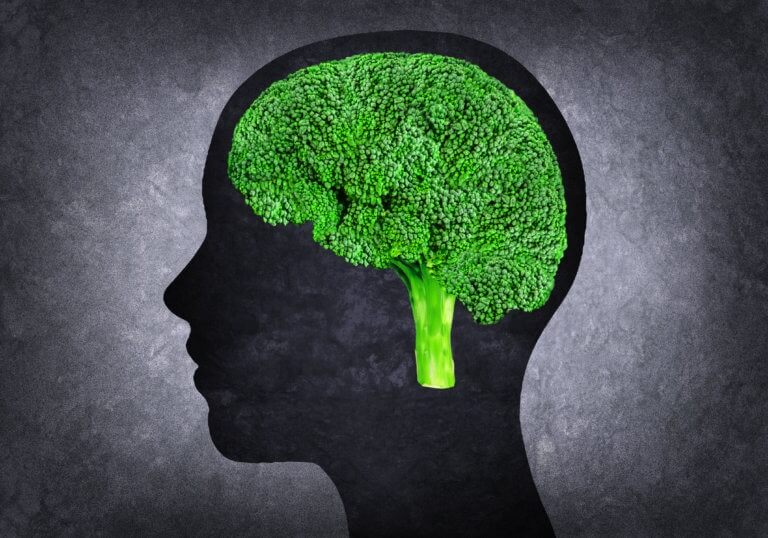
Food For Thought
As someone who spends most of my time either thinking about or eating food, I do my best to avoid questionable claims about what is in the food I consume. Coffee is good for you. Coffee is bad. Eat more protein. No, eat less. More dairy. Less dairy. Red wine is good for you. Of course, red wine is good for you. I refuse to entertain any other claim.
In truth, once I had children, I did start to pay closer attention to science-based claims related to food contaminants. Remember the Michigan school system whose federal lunch program included frozen strawberries infected by Hepatitis A on the menu? I do.
There are so many sources (I use that word loosely) on the internet today, that shout the benefits or dangers lurking in our food. The Food and Drug Administration (FDA) and the European Commission (EC) are government entities in the U.S. (FDA) and the European Union (EC) that are tasked with taking a science-based approach to help ensure food safety and protect human health. Their websites offer information on emerging issues and scientific study reports as well as general educational material.
Recently, the EC set new maximum levels for lead and cadmium in various types of food products. This recent decision by the EC is designed to further reduce the presence of metals in many of the foods that are a part of the daily diet of infants, children and adults. Nearly two decades ago, both the FDA and the EC reported of the risks and dangers of these two metals in food. At that time, it was determined that cadmium, at sufficient sustained dose, has the potential to cause damage to the kidneys. Lead, at sufficient sustained dose, has the potential to cause developmental neurotoxicity in fetuses, babies and young children and cardiovascular problems in adults.
According to the EC, the leading contributors to lead exposure are cereal products and grains, vegetables such as potatoes and leafy vegetables and drinking water, chocolate (that hurts to hear), meat and other foods. For the complete list issued by the EC see:
Cadmium: https://eur-lex.europa.eu/legal-content/EN/TXT/PDF/?uri=CELEX:32021R1323&from=EN
Lead: https://eur-lex.europa.eu/legal-content/EN/TXT/PDF/?uri=CELEX:32021R1317&from=EN
While It’s important to make yourself aware of reports of contaminants in foods, much of the time there is little to no cause for alarm. There are many resources that can provide you with information on providing healthy meal options for yourself and your loved ones. And, should there be the case where you are concerned about a possible contaminant in your food or water supply, reach out to Environmental Standards.

